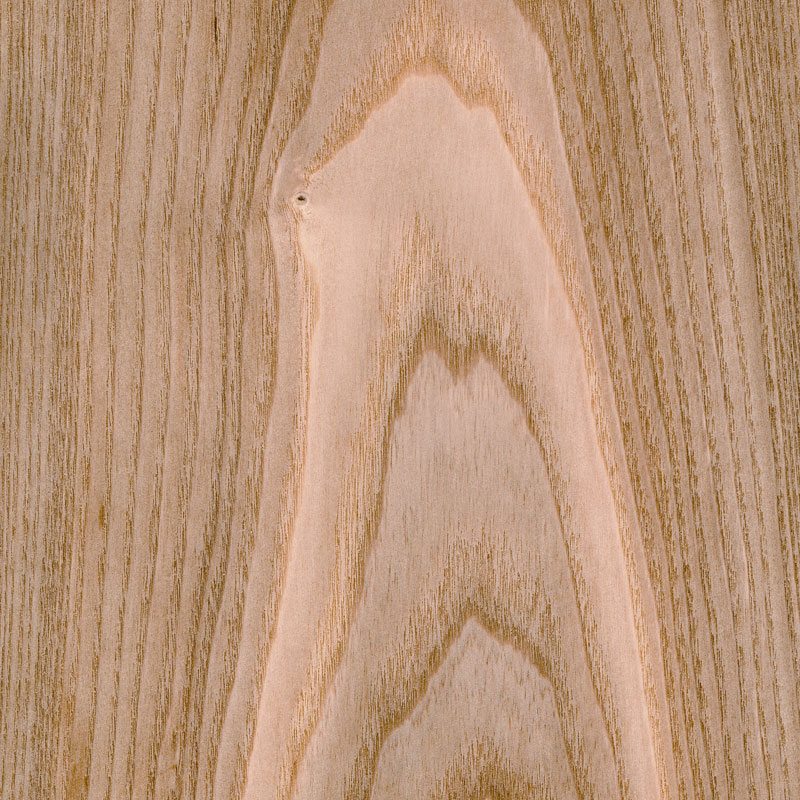What is Black Ash?
Black Ash is a thirsty hardwood that is native to the great lakes region of North America and shares a habitat with tamarack and black spruce.
The Black Ash root system is so aggressive that over a lifetime they can suck up enough water to drain entire swamps. The product of a swamp occupied by Black Ash trees creates the perfect environment for successors such as Elm and Red Maple.
Black Ash has an ash-gray scaly bark that can be reduced to powder just by rubbing it and its oil is chemically similar to olive oil. Each spring, the Black Ash trees go through a growth spurt creating something called “earlywood”. Earlywood has larger cells and is less dense than the latewood and cleaves easily from the latewood making Black Ash a desirable source for basket making.
Reaching 50 feet tall, Black ash has straight and regular grain that has a medium to coarse texture, sometimes resembling Oak. The heartwood takes up nearly the entire girth of the trunk and is typically a light to medium brown color while the sometimes indistinguishable sapwood is a beige to light brown color.
Why Choose Black Ash?
Black Ash is a great choice and is often used in flooring, millwork, boxes, cabinetry, furniture, and turned objects.
It looks similar to Oak when stained, is comparable to oak in price, and has less chatter than Oak so it often displays a brighter finish. It is a relatively stable wood and has little downgrade in drying and is soft, but still durable hardwood.

Black Ash is a resource that regenerates well. It can regenerate from stump sprouts, suckers, and from seed. Readily available in lumber and veneer, Black Ash is one of the lowest cost hardwoods in the country and is competitive in price with Oak.
Black Ash in Woodworking
Black ash is easy to work and produces good results with both hand and machine tools and responds extremely well to steam bending. It glues, takes stain beautifully, and finishes well. While using screws, pre drilling is recommended but it does hold screws well.
Sanding can sometimes get tricky and care must be taken to avoid cross grain scratching, especially when using darker stains. Black Ash is sometimes preferred to White Ash in machining as it splinters much less.
Like the look? Contact us to get started on a custom woodworking project of your own using Black Ash.